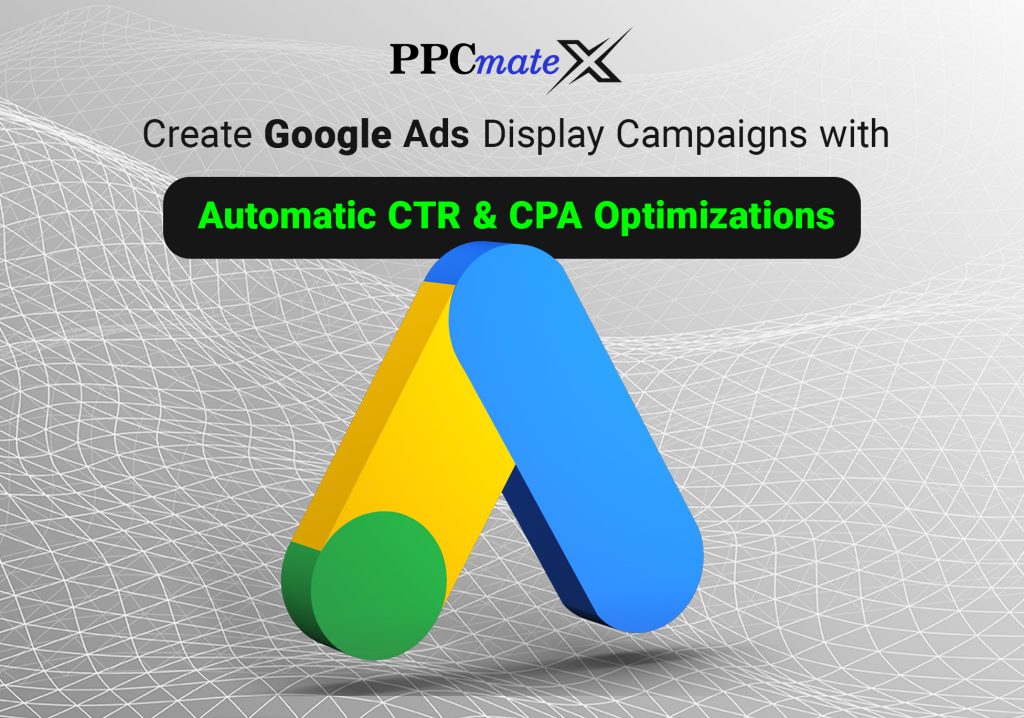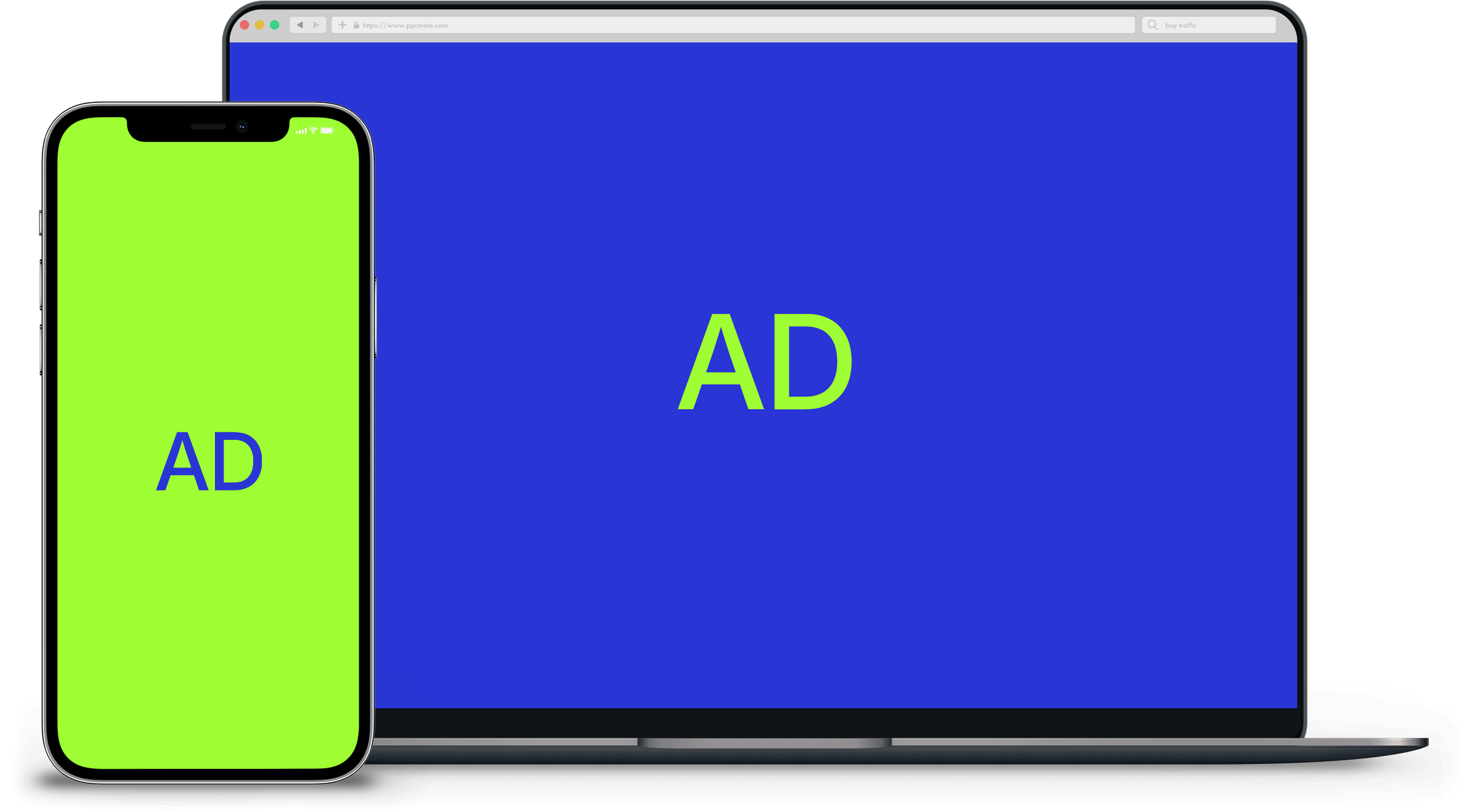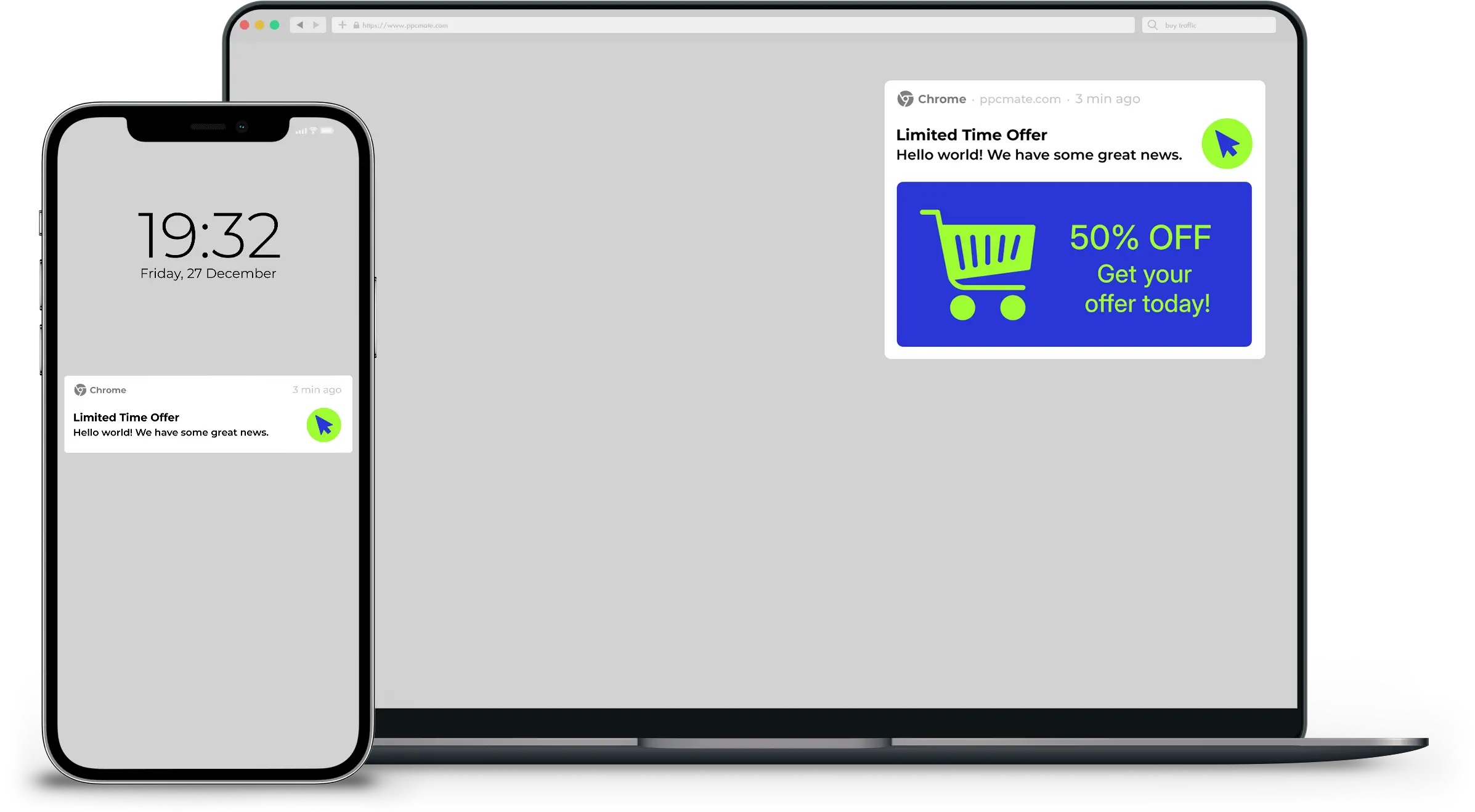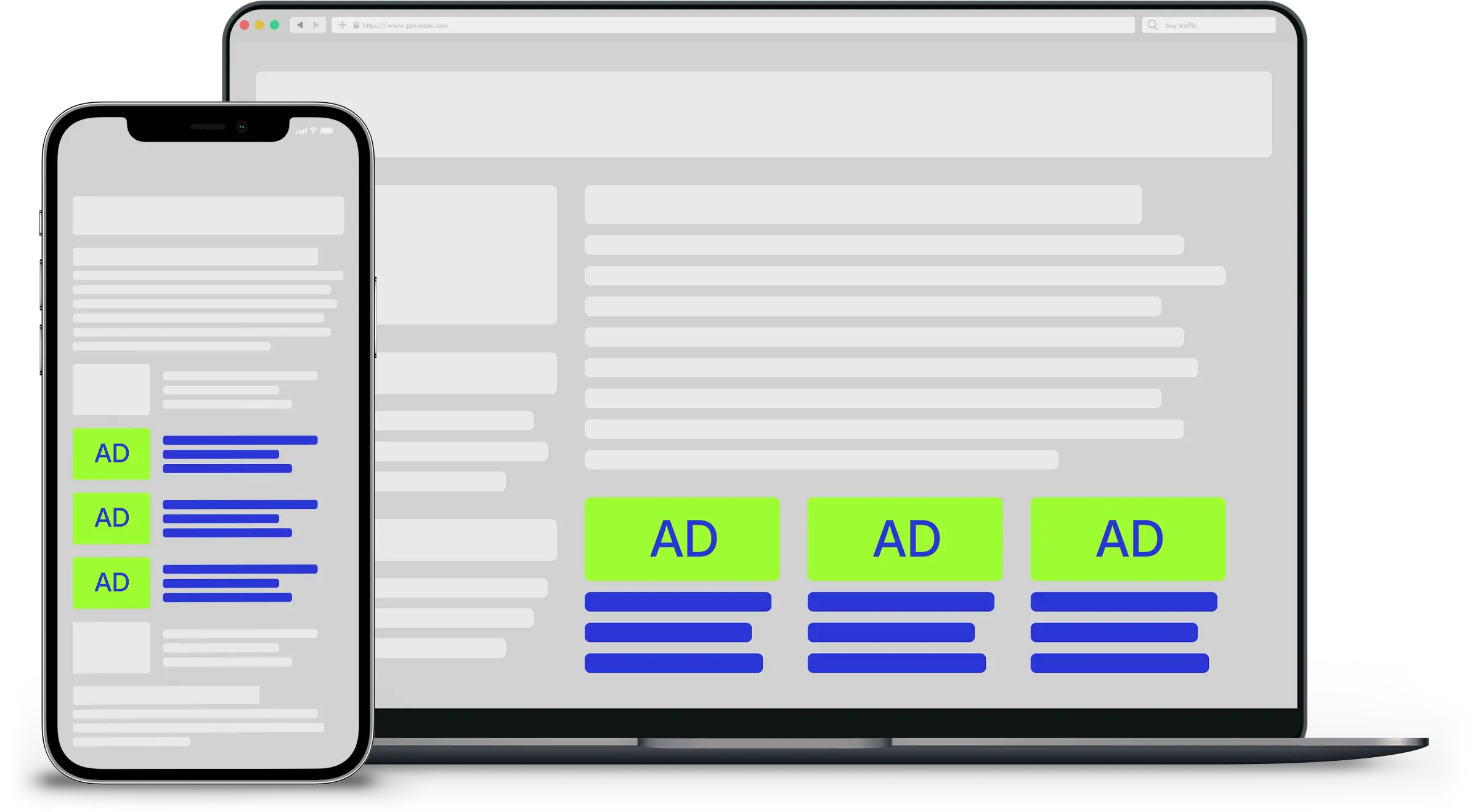Visibility is everything when you’re trying to build a company from the ground up. Visibility earns you traffic, gets you exposure and helps you build a reputation. Without it, even the best company, offering the best value, can go unnoticed by the masses.
The central problem with visibility isn’t awareness of its importance, however; it’s finding a way to achieve visibility without investing significant time or effort. Most marketing and advertising strategies either take months to fully kick in or cost tens of thousands of dollars that your small business probably doesn’t have to throw around.
Fortunately, there are some shortcuts you can use to build early visibility for your brand, without demanding much in the way of time or money:
1. An endorsement
First, you could try to get an endorsement from a trusted authority or highly visible source. For example, if you make a specific product, you could get it into the hands of a celebrity or niche product reviewer, and hope those individuals refer to it on one of their social media profiles.
Assuming they have a respectable audience, any mention might instantly put you in front of thousands of new people, and earn you some second-hand trust for your brand along the way. You don’t have to go as far as Nike getting LeBron James or Heineken Light snagging Neil Patrick Harris, but anyone with authority and some relevance to your brand will be valuable.
2.
Viral content
This one’s a bit of a long shot. Viral content is an art and a science that requires luck and timing to pull off successfully — but if it lands, it could propel you into the public eye. Viral content is content that’s shared early and often; it passes hands quickly, and can sometimes help you accumulate millions of views, because every new share puts it in front of yet another audience of new people.
The trouble is producing content that’s practical, exciting, novel and timed appropriately, all at the same time. If you’re looking for inspiration, take a gander at Dollar Shave Club’s ads, touting the brand’s blades as “f***ing great.”
The main video was surprising and funny, and offered good information about the brand. And it ended up with nearly 25 million views.
3. Influencer co-ops
In the same way in which you receive an endorsement, you could get a jumpstart in visibility by working one-on-one with a known influencer in your industry. This is different from a simple endorsement: This category of influencers are authoritative sources with significant followings, and they’re likely to share any content they’ve had a hand in producing.
If you work together to produce a piece of content, like a piece of original research or a collective interview, your name could get introduced to your influencer’s audience of thousands of new people. A couple of years back, two powerhouses in the content-marketing game — Moz and BuzzSumo — used this approach, teaming up to write an awesome piece about the nature of links and shares.
4. Local SEO
If you’ve read my work, you know I’m a major proponent of search engine optimization (SEO). It’s an ideal long-term strategy for attracting traffic and building your reputation, but its biggest downside — which makes it hard for new businesses to adopt — is the many months needed to build the momentum necessary to realize its full value.
However, if instead you narrow your focus to local SEO by targeting localized keywords (and earning a spot in the local 3-pack), you’ll be able to build rankings faster, and simultaneously set yourself up for a stronger national strategy once you grow larger.
5. Social media contests
Social media marketing has almost no barrier to entry, since anybody can create an account and start posting for free. However, if you want to build a substantial audience for your brand, you’ll need to post and engage with an audience consistently for months to years.
You probably don’t have that kind of time, but you can generate an audience relatively quickly by introducing a contest.
Offer a valuable reward for the top contestant, such as entry into a giveaway or a smartwatch, and encourage your followers to post content with a specific hashtag to mark their entries. Contests tend to spread like wildfire if you offer the right prize at the right time.
For example, Qwertee gave away 1,000 t-shirts every week as part of an ongoing giveaway/contest, which was a steep cost — but the company ended up with more than 100,000 Facebook likes.
6. PPC ads
I don’t generally recommend pay-per-click (PPC) ads as a long-term strategy, since they have a flat curve of return on investment (ROI). However, if used to generate significant volumes of new traffic to a site in its earliest stages, PPC ads can be cost-effective.
You’ll pay only for the traffic you receive, and if you target your audience correctly, and optimize your landing pages and conversion rates, every new visitor will yield some value for your brand.
7. Controversy
Finally, you can try to stir up controversy. Controversial subjects tend to attract lots of comments, and lots of comments and reactions tend to rank pieces of content higher in SERPs and individual users’ newsfeeds.
Obviously, you’ll need to be careful here; getting political can be risky, and getting antagonistic can destroy your brand. Instead, make a case for an unpopular, but tolerable opinion, and don’t be afraid to fight for it. Adobo toed this line carefully when it released a study analyzing the most “PC” and most politically outspoken/controversial areas of the United States. It stirred up a heated debate, and ended up getting 67,000 social shares.
These shortcuts aren’t going to propel your business to success by themselves. Some of them are practical only during the early stages of your development, and others are meant to serve as paths into bigger, better strategies.
Still, if you’re struggling to get more visibility for your brand early on and you don’t have the budget to support a full-scale advertising campaign, these are solid tactics to fall back on.
___
by Jayson DeMers
source: Entrepreneur









